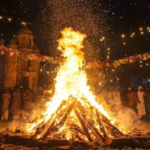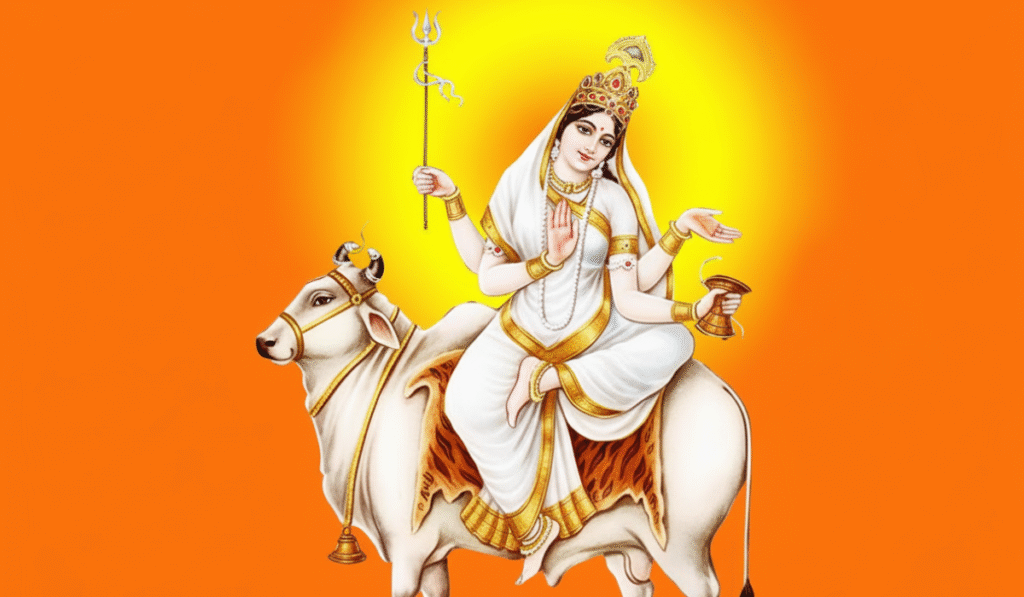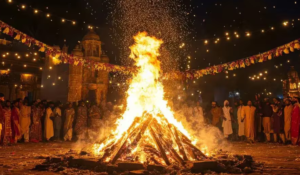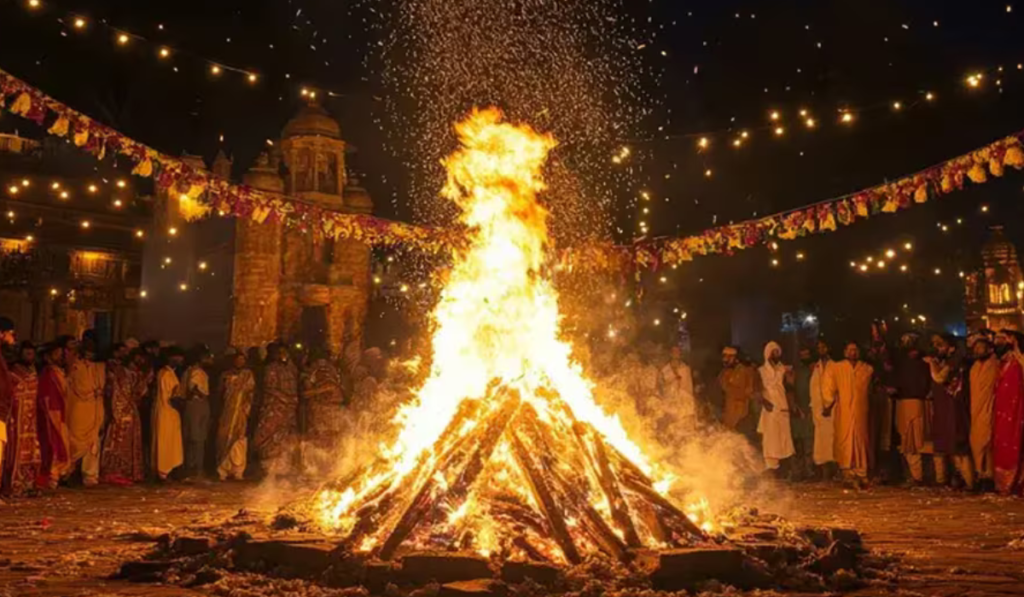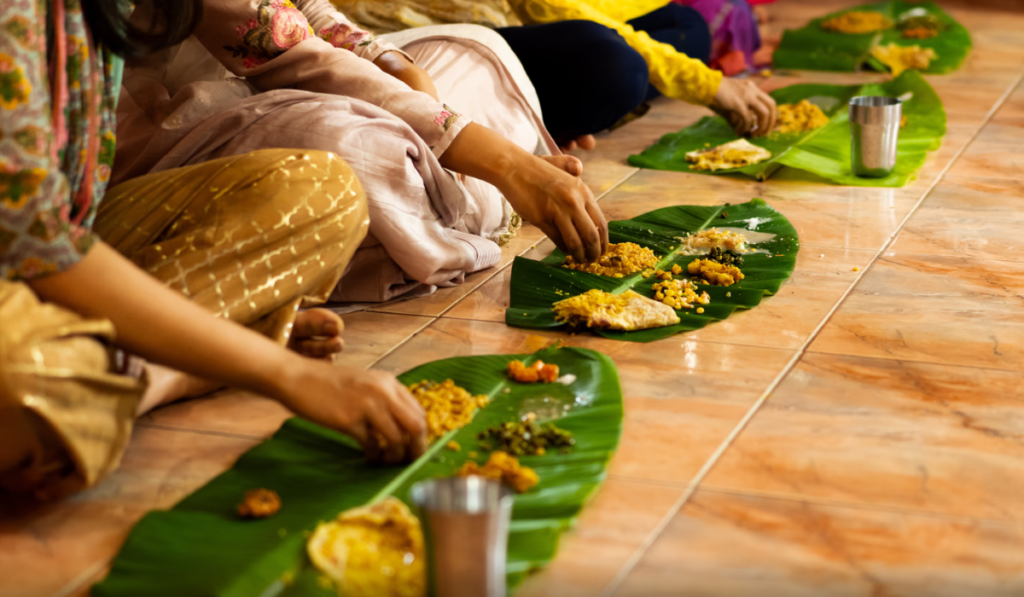On the eighth day of Navratri, the akhand jot glow even brighter and the chants grow softer, because this day belongs to Maa Mahagauri, the radiant goddess of purity, serenity, and compassion.
Maa Mahagauri is also known as the Goddess of purity because of her radiant white complexion, symbolizing the highest form of peace and compassion. Her presence reminds us that life, despite its struggles, storms, and hardships, always leads back to purity and light.
Worshipping Maa Mahagauri on this day is not just about a ritual. It’s a chance to invite calmness, clarity, and divine blessings into our lives. So, let us know her story, who she is, and why worshiping her on Navratri Day 8 is so significant.
Who is Maa Mahagauri?
According to the Durga Saptashati and the Shiva Purana, Maa Mahagauri is the eighth manifestation of Goddess Parvati. The word Mahagauri means extremely fair or radiant white.
Devotees also recognize her as the symbol of shwetambara, also known as Maa Mahagauri Shwetambara, as she is always depicted wearing shining white clothes while seated gracefully on a Nandi, her vahana.
But how did Maa Parvati become Maa Mahagauri? To understand this, we must go back to the Day 2 of Navratri. When Maa Parvati, as Maa Brahmacharini, was lost in extreme tapasya to win the heart of Bhagwaan Shiv.
According to the ancient hindu scriptures, it is believed that after years of severe penance, Maa Parvati’s complexion turned dark due to hardship and dust. Moved by her devotion, Bhagwaan Shiva blessed her and washed her with the holy waters of the Ganga, restoring her divine, glowing form. Thus, this transformed Parvati into Maa Mahagauri.
How is Maa Mahagauri Depicted?
According to Durga Saptashati, Maa Mahagauri is depicted wearing white garments, also called shwetambara, symbolizing peace, purity, and spiritual wisdom. Her complexion is radiant like the moon, reflecting calmness and compassion.
Maa Mahagauri is often shown with four arms, two carrying a trident and a damaru or a lotus. She rides a Nandi as her vahana, representing courage, determination, and the grounded nature of dharma.
Her serene expression resembles forgiveness and peace, while her posture radiates strength and resilience. Every element of Maa Mahagauri iconography and meaning, from her white attire to her divine weapons, reminds us that true power comes from a heart that is pure, balanced, and devoted to righteousness.
Why Do We Wear Pink on Navratri Day 8?
On the eighth day of Navratri, the sacred color is pink. Pink is seen as the color of love, kindness, and harmony between all living beings. These qualities perfectly reflect Maa Mahagauri’s blessings and benefits.
Wearing pink on this day signifies embracing positivity, compassion, and an open heart. It is said that by wearing this color during Navratri Day 8 Mahagauri Puja, devotees attract harmony in relationships, inner healing, and divine grace.
Just as Maa Mahagauri glows with serenity, the color pink reminds us to live with tenderness and balance.
The Symbolism of Maa Mahagauri
Every element of Maa Mahagauri’s appearance carries a deeper spiritual meaning:
- Her White Attire or Shwetambara: Symbolizes purity, peace, and freedom from material desires. She reminds us that simplicity is the highest form of beauty.
- Nandi as Vahana: Represents strength combined with humility, carrying devotees through challenges with patience.
- Her Trishul: Symbolizes the power to cut through ignorance and negativity.
- Her Damru: Represents rhythm and creation, reminding us of the balance of life.
- Her Radiance: The moon-like glow of Mahagauri reflects clarity of mind and soul, teaching that true power shines quietly.
Thus, Mahagauri iconography and meaning is a reminder that peace, simplicity, and devotion hold more strength than any weapon.
Why Do We Worship Maa Mahagauri on the 8th Day of Navratri?
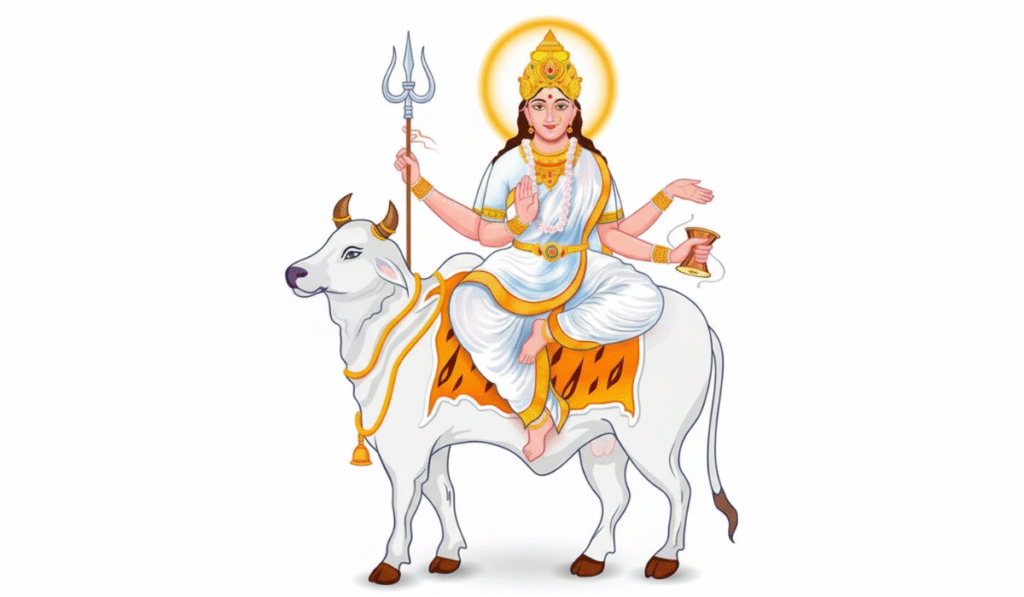
8th day of Navratri is a reward of peace, calmness, and moksha from suffering. But why is that?
Because the first seven days prepare us by teaching grounding, self-discipline, courage, strength, and transformation. This is why Day 8th is not just another day of learning, but the reward of learning.
Not just that, according to the Durga Saptashati, she is the goddess who purifies her devotees of all past karmas and grants them a clean slate to move closer to moksha.
By worshipping Maa Mahagauri, devotees can:
- Wash away any negativity and their sins
- Gain clarity of thought and peace of mind
- Experience unconditional love and compassion
- Attain spiritual strength to face life’s struggles with a calm mind.
It is also believed that Maa Mahagaur blesses unmarried women with good husbands and married women with a blissful family life. This is why Maa Mahagauri rituals and mantra chanting hold such special importance during Navratri.
Mantras and Prayers to Worship Maa Mahagauri
Mantra
ॐ देवी महागौर्यै नमः॥
Om Devi Mahagauryai Namah॥
Beej Mantra
श्री क्लीं ह्रीं वरदायै नम:
Shree Kleem Hreem Vardayai Namah
Prayer/Prarthna
श्वेते वृषेसमारूढा श्वेताम्बरधरा शुचिः।
महागौरी शुभं दद्यान्महादेव प्रमोददा॥
Shwete Vrishesamarudha Shwetambaradhara Shuchih।
Mahagauri Shubham Dadyanmahadeva Pramodada॥
Stuti
या देवी सर्वभूतेषु माँ महागौरी रूपेण संस्थिता।
नमस्तस्यै नमस्तस्यै नमस्तस्यै नमो नमः॥
Ya Devi Sarvabhuteshu Maa Mahagauri Rupena Samsthita।
Namastasyai Namastasyai Namastasyai Namo Namah॥
Conclusion
Day 8 of Navratri with Maa Mahagauri teaches us that the greatest strength often comes in the quietest forms, in patience, in gentleness, and in purity. She is the divine mother who wipes away our fears and impurities, giving us the courage to walk towards liberation with peace.
But the Navratri journey doesn’t end here. On the ninth day, we meet Maa Siddhidatri, the goddess who grants siddhis and fulfills divine potential.
Who is Maa Siddhidatri, and why is she the final form of Navdurga? What are these mystical siddhis she grants? And how does she complete the cycle of Navratri?
Stay tuned for tomorrow’s blog, the grand finale of this divine journey.
Let’s stay connected! Come say hi on Instagram or follow us on Facebook for daily inspo.





